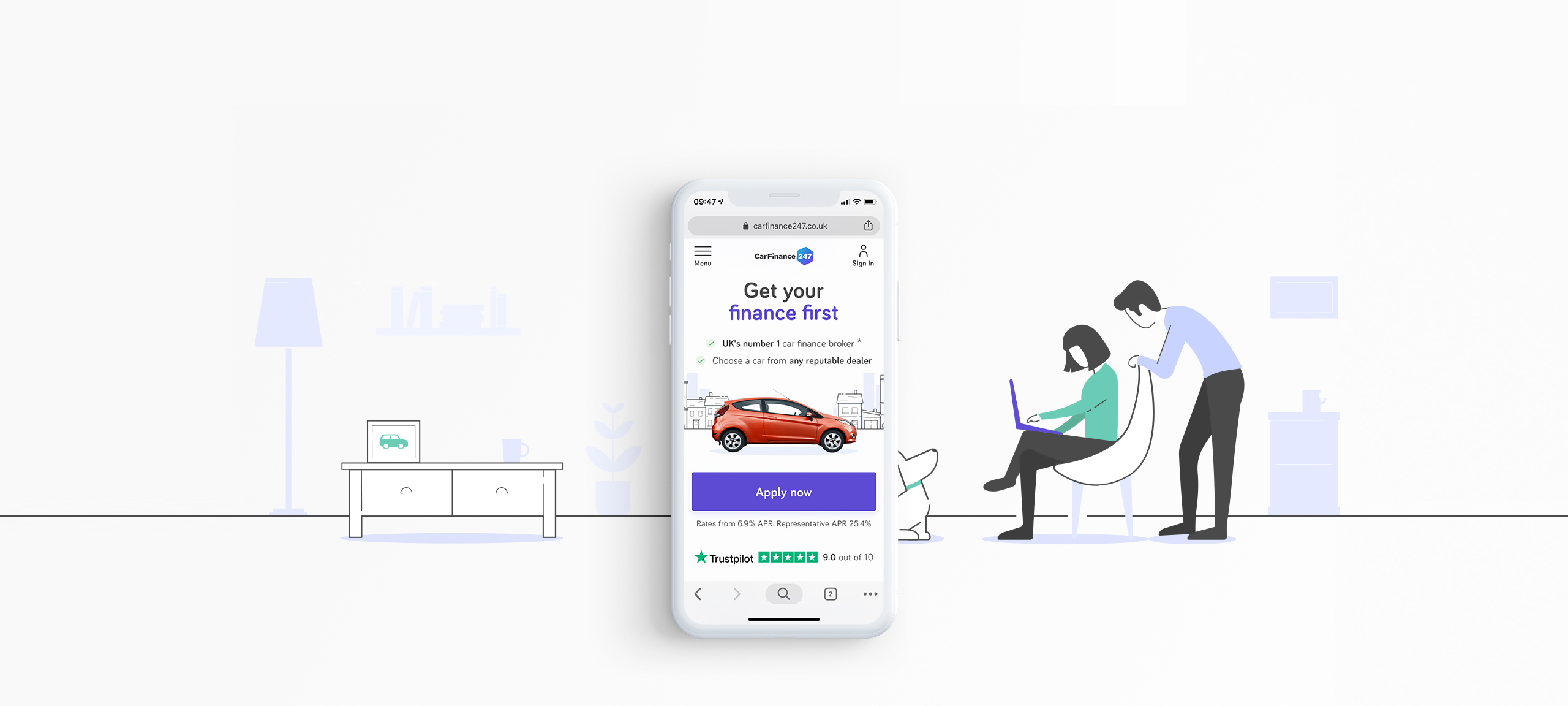With 87,000 products available to customers at any one time, making search and discovery as easy and convenient as possible is a key target for leading online retailer ASOS. To help it solve this challenge, it’s turning to the latest technologies to help customers discover new products with minimal effort – such as its shopping guide, Enki, which launched on Google Assistant late last year.
“Search has always been a really important part of the ASOS customer experience,” explains Jason Gregory, ASOS senior product manager. “Thanks to advancements in natural language processing and visual AI, how customers search is evolving – and we’re looking to use those technologies to make experiences that are more intuitive and natural, so connecting a customer to a relevant product becomes as easy and accurate as possible.”
“Our 20-something customers are among the early adopters of voice interactions, and so customer expectation is already high.”
– Jason Gregory, Senior Product Manager at ASOS
ASOS has been exploring conversational interfaces since early 2017 – but it’s only since October 2018 that customers have been able to say “Hey Google, talk to ASOS” to talk their way through a variety of looks.
“We introduce 5,000 new products a week on average, so we launched Enki on Google Assistant to help customers stay on top of these new drops using just their voice,” says Gregory. “Our 20-something customers are among the early adopters of voice interactions, and so customer expectation is already high. We had lots of support from Google in the run up to launch and having their advice on best practice for Google Assistant has been really useful.”
For other brands looking to explore the same space, Gregory’s advice is to start by really understanding the understanding the consumer needs being addressed, then to build small, testable prototypes. “What we’ve learned so far is that when people use their voices to search, the way they structure queries is quite different. We’re almost innately trained to search for things in keywords, but with voice and messaging interfaces it’s very different – we tend to engage with them like we do with friends. That’s something we expected to see, but maybe not as instantly as we have. It’s important to ensure that you’re able to iterate quickly based on customer feedback – we like to co-create with our customers when we’re experimenting with new products so we’re always building the right thing in the right way.”
Ultimately, Gregory explains, every form of Search – whether it’s voice-powered, visual (as seen in ASOS’s Style Match technology, which allows customers to search using photos), or tapping a query into Chrome – is about the same thing: helping the customer.
“Searching using images through Style Match offers a more frictionless experience – the customer doesn’t need to think about how to describe what they are seeing, and instead we can connect them straight to products that are visually similar. With Enki, on the other hand, we can understand more of the context behind why they’re searching for something,” he says. “Both experiences are ultimately focused on showing customers products quickly and accurately – therefore making it more likely they’ll be able to find a product that they’ll love.”






